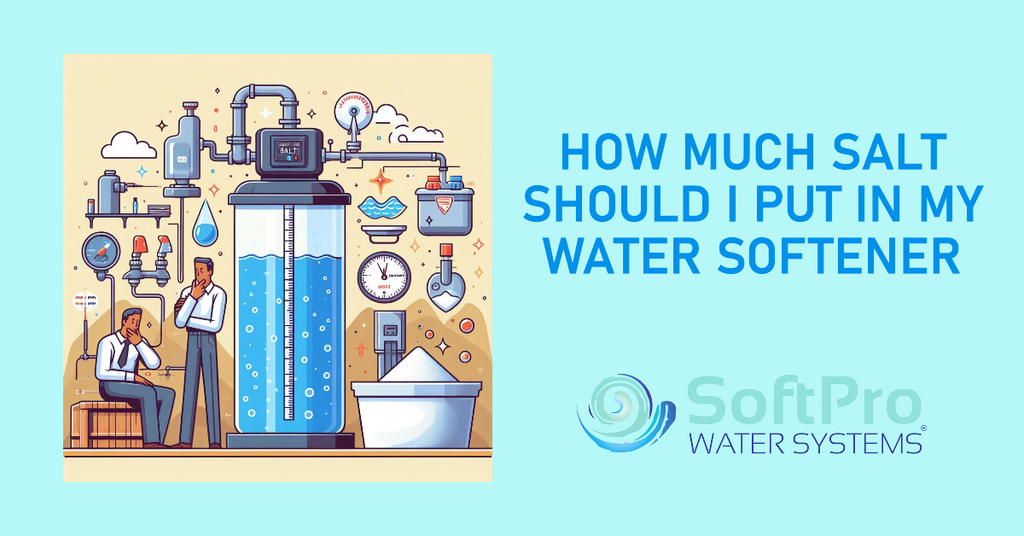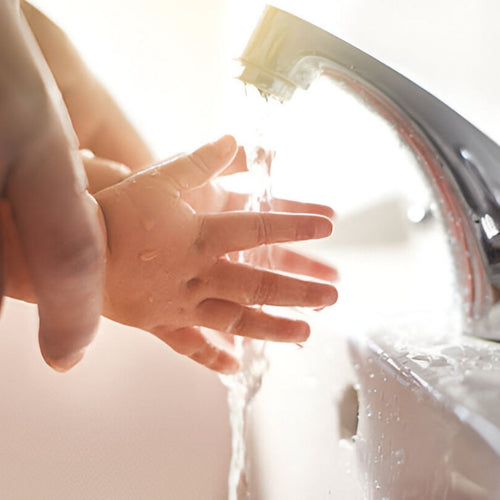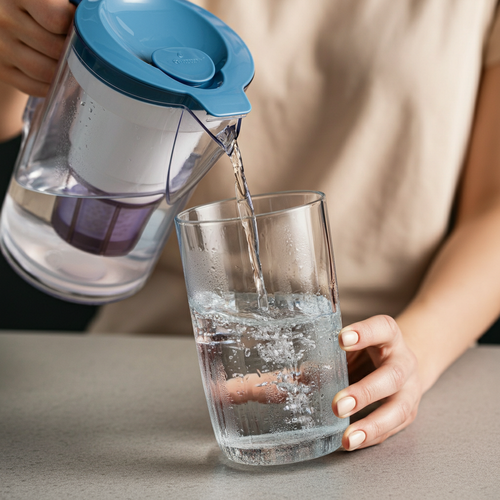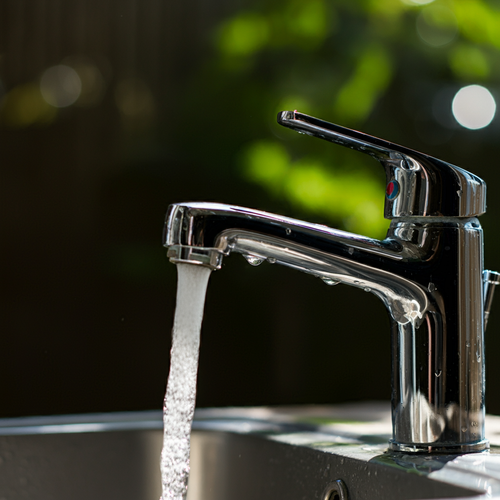If you have a water softener, the amount of salt you keep in it is crucial. Most water softener brine tanks should be kept around a quarter full of salt at minimum, with the ideal level often being half-full. Always ensure the salt level stays above the water line in the tank. Salt is essential to the water softening process because it replenishes the softening power of your system's resin beads. These beads are responsible for actually removing the hardness minerals (calcium and magnesium) from your water. Without adequate salt, your water softener can't function properly, leaving you with the frustrating effects of hard water.
Understanding Water Softener Salt
Let's delve into the world of water softener salt, where not all options are created equal.
Types of Salt
- Pellets: Compressed salt cylinders are the most common choice, offering good solubility and wide availability.
- Crystals: These dissolve faster than pellets, making them a good option if you need to quickly raise salt levels.
- Solar Salt: Derived from evaporated seawater, solar salt boasts high purity but may be slightly more expensive.
- Potassium Chloride: A salt alternative for those concerned about sodium intake, though it may be less effective in extremely hard water.
Brand Considerations
Most water softener salt brands are compatible with various softener systems. However, specialized formulations exist, such as salt designed to remove iron alongside hardness minerals.
Quality Matters
Always opt for high-purity salt specially designed for water softeners. Using lower-quality salt can lead to buildup and residue in your tank, potentially causing clogs and malfunctions in your water softener.
How Much Salt Does My Water Softener Need?
Here's where we get to the practical aspect of salt usage:
- The General Rule: Keep your brine tank between a quarter and half full of salt. Importantly, ensure the salt level always remains above the water level inside the tank.
- Manufacturer's Instructions: Your water softener's user manual is the ultimate authority. It will provide specific recommendations for salt levels tailored to your particular model.
- Hard Water = More Salt: The harder your water supply is (meaning the higher its concentration of calcium and magnesium), the more frequently your softener regenerates and the more salt it consumes. You can find your water hardness level through your local water utility or by using a home testing kit.
- Salt Usage Monitoring: Many modern water softeners feature demand-based regeneration, which means they automatically adjust salt and water usage based on your household's actual water consumption patterns.
Refilling Your Water Softener Salt Tank
Refilling your water softener's brine tank is a straightforward process:
- Locate Your Brine Tank: This is usually a separate tank next to your main water softener unit.
- Open the Lid: Carefully lift the lid of the brine tank.
- Check Salt and Water Levels: Ensure the salt level is above the water line. If the water level seems unusually high, there may be an underlying issue to address.
- Add Salt: Pour in your chosen water softener salt until the tank reaches the recommended fill level (often around half full). Avoid overfilling, as this can contribute to problems.
- Close the Lid: Securely replace the lid on your brine tank.
Avoiding Salt Bridging
A salt bridge is a solid crust that forms above the water in the tank, preventing salt from dissolving properly. Using high-quality salt, keeping the tank less than completely full, and periodically checking the salt level can help prevent bridging.
Troubleshooting Water Softener Salt Issues
Occasionally you might encounter situations where your water softener doesn't seem to be using salt as it should. Here's what to look for:
- Salt Not Dissolving: Check for salt bridges, insufficient water flow into the tank (consult your manual), or low temperatures slowing dissolution.
- Mushy Salt/Wet Appearance: Humidity can cause clumping. If minor, loosen the salt. In cases of severe buildup, you may need to empty the tank.
- Water Softener Not Using Salt: Make sure the regeneration cycle is running correctly, check for blockages in the brine line, and ensure the float mechanism is working.
- When to Call a Professional: If basic troubleshooting doesn't solve the problem, contact a water softener technician for expert diagnosis and repair.
FAQs
I'm new to water softeners. How does salt actually soften my water?
Water softener salt doesn't directly soften your water. Inside your softener's resin tank, tiny resin beads attract and trap hardness minerals (calcium and magnesium). Salt recharges these beads, flushing away the minerals and restoring their softening capacity.
Can I use regular table salt in my water softener?
No, table salt contains impurities that can clog your softener and reduce its efficiency. Always use salt specifically designed for water softeners, which is highly pure and dissolves effectively.
My water softener seems to be using too much salt. What could be wrong?
Several factors could cause this: overly frequent regeneration cycles (check your settings), water leaks in your home increasing usage, or a malfunctioning softener component. Consult your softener's manual or contact a technician for assistance.
Are there alternatives to traditional salt for water softeners?
Yes, potassium chloride is a viable alternative for those looking to reduce sodium intake. However, it may be less effective in extremely hard water conditions compared to sodium chloride salt.
Key Takeaways for Optimal Water Softener Salt Usage
- Salt is crucial for effective water softening. It replenishes the resin beads that actually remove hardness minerals from your water supply.
- The ideal salt level in your brine tank is typically between a quarter-full and half-full. Always make sure the salt stays above the water line.
- Choose high-quality salt specifically formulated for water softeners to maximize performance and prevent equipment issues.
- Your water softener's manual is the best guide for salt levels and troubleshooting. Refer to it for model-specific instructions and advice.
- Regularly checking your softener's salt levels helps prevent problems like salt bridges and ensures your system is always working to soften your water.
Ready to experience the benefits of softened water?
Explore SoftPro Water Systems' range of top-rated water softeners and find the perfect solution for your home's needs. Contact us today for a personalized consultation and transform your water for healthier living!


















![Aldex Premium 10% Cross Link Resin for Water Softener [High Capacity]-SoftPro® Water Systems](http://www.softprowatersystems.com/cdn/shop/files/Aldex_10_Cross_Link_Resin_Premium_High_Capacity_for_Water_Softener_600x.jpg?v=1735853599)





















